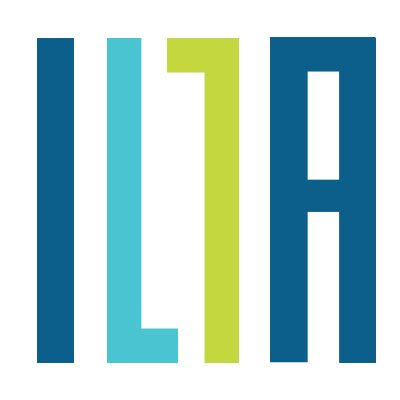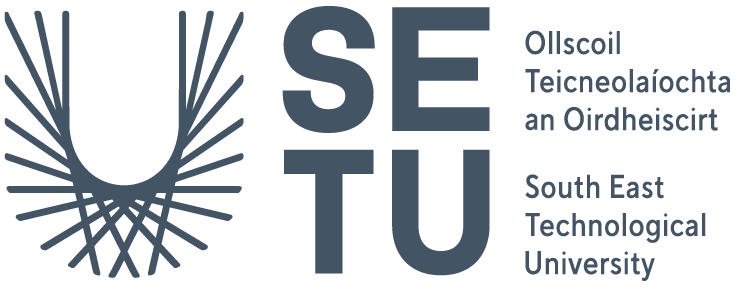EdTech Annual Conference 2025
South East Technological University
Waterford, Ireland
May 29 & 30, 2025
Conference Agenda
Overview and details of the sessions of this conference. Please select a date or location to show only sessions at that day or location. Please select a single session for detailed view (with abstracts and downloads if available).
Please note that all times are shown in the time zone of the conference. The current conference time is: 26th Nov 2025, 10:49:00pm GMT
|
Session Overview |
| Session | ||
Practitioner Papers, 3
Session Topics: Practitioner Paper Submission
| ||
| Presentations | ||
1:30pm - 1:45pm
Are we building or being built? Rethinking AI in higher education through Lego Serious Play UCC, Ireland As artificial intelligence becomes more embedded in higher education, we face a critical question: This session invites participants to deeply consider AI’s evolving role in higher education through the creative lens of Lego Serious Play (LSP). LSP is a powerful facilitation method that uses hands-on building and storytelling to surface complex dynamics, reveal hidden assumptions, and imagine new possibilities. Using a series of Lego models as metaphors, we will explore AI’s current and emerging impacts: Storytelling will be central to this exploration, helping participants not only reflect on the current state of AI, but also envision the narratives we are creating — and those we might still rewrite. Participants will be guided to reflect on AI not as a finished product, but as a system still very much under construction — one where critical engagement, imagination, and intentional design are urgently needed. Rather than offering prescriptive answers, this 15-minute session rapidly fosters playful, thoughtful inquiry into AI’s future in higher education. 1:45pm - 2:00pm
Immersive Learning in Construction: Practical insights from DASBEs XR tools. Technological University of the Shannon, Ireland Since 2022,The Digital Academy for the Sustainable Built Environment (DASBE) has created various virtual reality applications with the goal of enhancing construction education in Ireland. This paper presents the practical insights derived from three innovative XR projects, aimed at creating engaging learning tools for professionals in the construction sector. The “Defects in Traditional Buildings” project simulates a potentially hazardous environment for defect identification. The “Heat Pump & PV” application allows users to interact with virtual energy systems. The “U-Value Calculator in Mixed Reality” overlays 3D wall models onto real environments, allowing for hands-on exploration of thermal performance. Following constructivist learning theory and an iterative design process, these tools have been developed through user feedback and expert collaboration.Attention was given to easing new users into immersive learning with incremental onboarding. Additional effort was given to exploring how XR can redefine traditional 2D learning paradigms. The paper highlights the key challenges and pedagogical strategies adopted at DASBE. The insights provided may serve as an example for educators and industry professionals seeking to implement immersive learning technologies within similar spaces Our findings underscore the benefits of embracing emergent technology in curriculum development, encouraging further research and broader adoption of XR methodologies in education. 2:00pm - 2:15pm
Employing immersive technology in online, blended, and distance learning: A case study of the Flexible and Professional Learning Department at TUS Technological University of the Shannon, Ireland This practitioner paper presents a case study of how the Flexible and Professional Learning department at the Technological University of the Shannon (TUS) has rapidly advanced the integration of immersive technologies into its online, blended, and distance learning offerings over an 18-month period. Beginning from limited prior experience in this area, the department has strategically built capacity and implemented immersive tools with a strong focus on pedagogical value and learner engagement. Notable innovations include the use of VirtualSpeech for developing professional communication skills in VR, Enscape for architectural visualisation, and Unity for the creation of interactive electric vehicle models to enhance STEM learning. Furthermore, 360° imagery from hydroelectric stations has been embedded into environmental and engineering modules to provide applied, real-world context. These developments reflect a commitment to meaningful and sustainable use of immersive technology, rather than superficial adoption. Early outcomes demonstrate increased student engagement, deeper learning experiences, and strong institutional support for continued innovation. This case study offers practical insights for educators and institutions seeking to implement immersive technologies in a purposeful and scalable way. 2:15pm - 2:25pm
Using Canvas for Online and CPD Provision at MTU Munster Technological University, Ireland An Instructrue Practitioner Paper | ||

